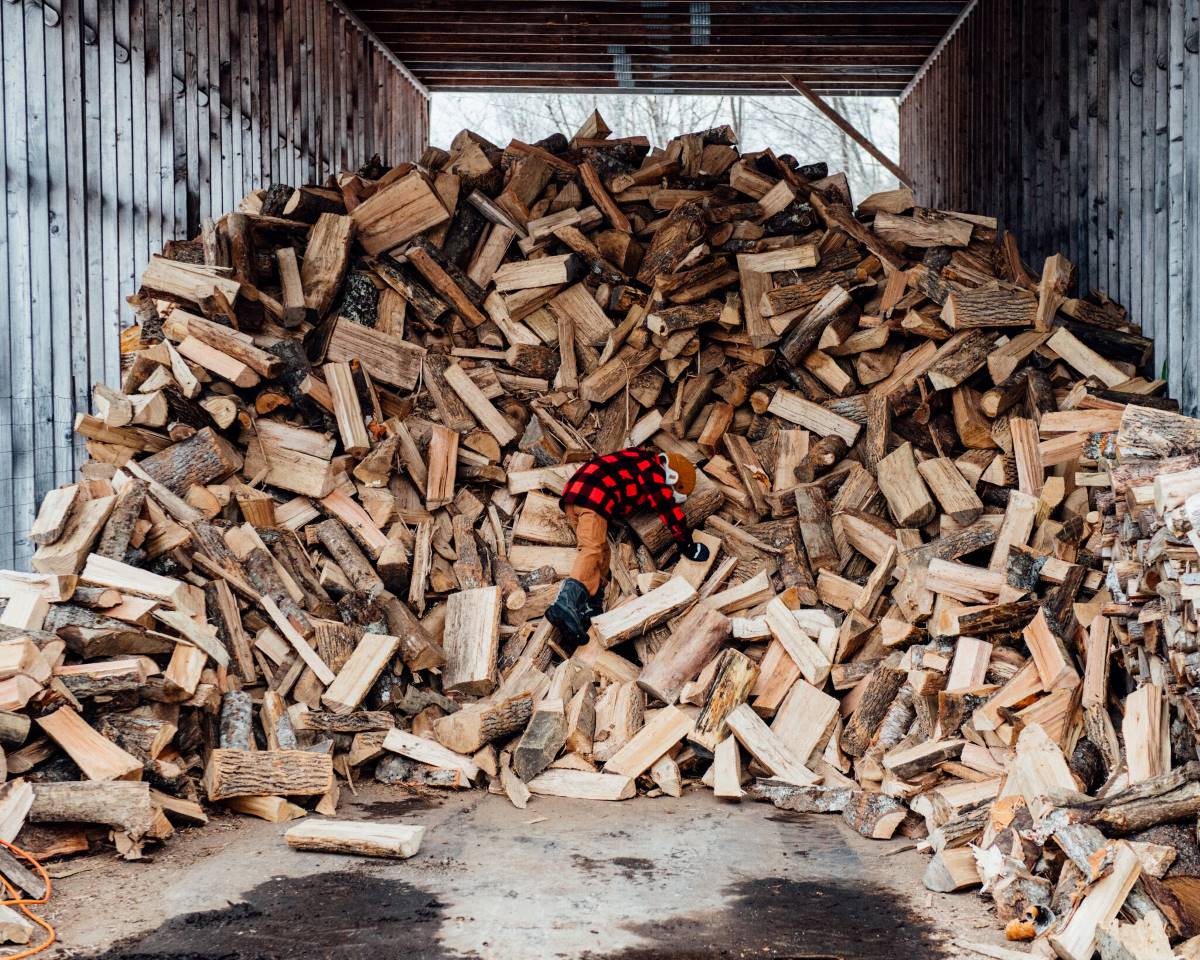

Articles
How To Store Firewood Outside In Summer
Modified: January 9, 2024
Learn the best ways to store firewood outside during the summer. Explore helpful articles and tips on proper firewood storage to maintain its quality and prevent pests.
(Many of the links in this article redirect to a specific reviewed product. Your purchase of these products through affiliate links helps to generate commission for Storables.com, at no extra cost. Learn more)
Introduction
Storing firewood outside during the summer months is a practical and efficient way to ensure a steady supply of dry and seasoned wood for your fireplace or wood-burning stove. However, improper storage can lead to issues such as moisture damage, insect infestation, and decreased firewood quality. To avoid these problems and maximize the lifespan of your firewood, it’s essential to follow a few simple guidelines.
In this article, we will guide you through the process of properly storing firewood outside in the summer. From choosing the right location to maintaining and inspecting the stack, we will provide you with all the necessary information to keep your firewood dry, seasoned, and ready to burn. So, let’s get started!
Key Takeaways:
- Properly storing firewood outside in summer requires choosing the right location, creating a solid base, and covering the stack to prevent moisture damage and ensure a steady supply of high-quality firewood.
- Regular maintenance and inspection, along with proper stacking techniques, are essential for keeping firewood dry, seasoned, and ready to burn. Attention to detail and care are crucial for maximizing the longevity and quality of stored firewood.
Read more: How To Store Firewood In Garage
Choosing the Right Location
The first step in storing firewood outside during the summer is selecting the ideal location for your woodpile. Here are some factors to consider:
- Distance from the House: It is important to position the woodpile a safe distance away from your house to prevent any potential fire hazards. A distance of at least 20 feet is generally recommended.
- Avoiding Moisture: Choose a location that is well-drained and receives adequate sunlight. Avoid areas prone to excessive moisture or close to water sources to prevent the firewood from getting damp.
- Accessibility: Select a spot that is easily accessible so you can conveniently retrieve firewood when needed. It should be near a pathway or have a clear path leading to it, especially during inclement weather.
- Protection from the Elements: Consider natural barriers such as trees, fences, or a wall that can provide some protection from wind and heavy rain. This will help in keeping the firewood stack as dry as possible.
By taking these factors into account, you will be able to choose a location that offers optimum protection and convenience for storing your firewood.
Preparing the Stacking Area
Before you start building your firewood pile, it’s essential to prepare the stacking area properly. Follow these steps to ensure a solid foundation:
- Clean the Area: Clear any debris, leaves, or vegetation from the ground where you plan to stack your firewood. This will help prevent moisture buildup and keep the firewood clean.
- Create Airflow: Lay down a layer of gravel or wooden pallets as a base for your firewood stack. This will elevate the wood off the ground, allowing airflow to circulate and prevent moisture from accumulating.
- Level the Ground: Use a rake or shovel to level the ground where you will be placing the gravel or wooden pallets. A flat and even surface will provide stability to the firewood pile and minimize the risk of it toppling over.
- Provide Adequate Space: Ensure that there is enough space around the stacking area, allowing air to flow freely. This will help in drying out any residual moisture from the firewood and prevent mold or rot.
By preparing the stacking area properly, you create a suitable environment for storing firewood and mitigate the risk of damage caused by moisture and other external factors.
Creating a Proper Base
Building a stable and sturdy base for your firewood stack is crucial to maintain its integrity and prevent it from collapsing. Here’s how to create a proper base:
- Elevate the Base: Start by placing wooden pallets, bricks, or concrete blocks on the prepared stacking area. These will serve as the foundation for your firewood pile, keeping it off the ground and allowing for airflow.
- Ensure Level Surface: Make sure the base is level by using a spirit level. Adjust the placement of the pallets or blocks as needed to ensure a stable and even surface.
- Leave Gaps for Air Circulation: Place the pallets or blocks with enough space between them to promote air circulation. This will help in drying out any moisture in the firewood and prevent rot or mold formation.
- Consider Ground Covering: To further protect the base from moisture, you may consider laying down a moisture barrier, such as a tarp or landscaping fabric, before placing the pallets or blocks. This will help prevent ground moisture from seeping into the firewood stack.
By creating a solid and well-ventilated base for your firewood stack, you ensure that it remains stable, dry, and in good condition throughout the summer season.
Building the Firewood Pile
Now that you have prepared the stacking area and created a proper base, it’s time to start building your firewood pile. Follow these steps for an effective and organized stack:
- Sort and Organize: Before stacking the firewood, sort it by size and type. Separate large logs from smaller pieces, and keep different types of wood separated if desired.
- Stacking Technique: Start by placing a base layer of larger logs on the pallets or blocks. Stack the logs tightly together, alternating the direction of each layer to create stability.
- Vertical or Horizontal Stacking: While horizontal stacking is the most common method, you can also experiment with vertical stacking for added stability and airflow. This involves standing the firewood on its end, creating columns of wood.
- Interlocking Rows: To ensure stability and prevent the pile from collapsing, interlock the rows of firewood by staggering the ends. This helps distribute the weight evenly and provides structural support.
- Square or Pyramid Shape: Aim for a square or pyramid shape when building the firewood pile. This shape promotes better airflow and helps shed water off the stack.
As you build the firewood pile, make sure it is not too high and remains stable. Avoid stacking the pile against structures or trees, as this can impede airflow and increase the risk of moisture damage.
Remember to maintain a consistent and organized stack to optimize space utilization and make it easier to access firewood when needed.
Store firewood outside in summer by keeping it off the ground on a raised platform to allow for air circulation, covering the top with a tarp to protect it from rain, and placing it in a sunny, well-ventilated area to promote drying.
Read more: How To Store Firewood Indoors
Covering the Firewood Stack
Properly covering your firewood stack is essential to protect it from rain, snow, and excessive moisture. Here are some tips on how to effectively cover your firewood:
- Use a Tarp or Waterproof Cover: Choose a large tarp or waterproof cover that is specifically designed for outdoor use. Ensure that it is large enough to fully cover the entire firewood stack.
- Secure the Cover: Use ropes, bungee cords, or tie-down straps to secure the cover tightly over the firewood. This will prevent wind from blowing it off and keep the woodpile protected.
- Slope the Cover: If possible, slope the cover slightly to allow rainwater to drain away easily. This will help in preventing water from pooling on top of the firewood stack.
- Avoid Contact with the Ground: Make sure the cover does not touch the ground, as this can transfer moisture to the firewood. Use stakes or bricks to lift the edges of the tarp or cover off the ground.
- Leave the Sides Open: While it’s important to cover the top of the stack, it’s advisable to leave the sides open to promote airflow. This will help in the proper drying and seasoning of the firewood.
Remember to periodically inspect the cover for any tears or damage and replace it if necessary. Maintaining a proper cover will significantly reduce the risk of moisture damage and keep your firewood in optimal condition.
Keeping Firewood Dry and Seasoned
Keeping your firewood dry and well-seasoned is crucial for efficient combustion and prolonged burning. Follow these tips to ensure your firewood remains in optimal condition:
- Allow Sufficient Airflow: Proper airflow is essential to prevent moisture buildup and promote drying. Avoid tightly stacking the firewood or covering it completely, as this can hinder airflow.
- Stack Firewood Properly: Stack the firewood loosely to allow air circulation between the logs. This will help the wood dry out evenly and faster.
- Utilize Seasoned Wood: Use well-seasoned firewood, which has been dried for at least six to twelve months. Seasoned wood burns more efficiently and produces less smoke and creosote buildup.
- Rotate the Stack: Rotate the firewood stack regularly, especially if you notice any damp or rotten logs. This allows air to reach all sides of the wood and helps in drying out any moisture.
- Store Firewood Off the Ground: Keep the firewood elevated off the ground using pallets, bricks, or a rack. This prevents moisture absorption from the ground and minimizes the risk of insect infestation.
- Keep a Safe Distance: When stacking firewood, maintain a safe distance between the pile and any potential moisture sources, such as sprinklers or gutters.
- Choose the Right Time to Bring Indoors: Only bring the necessary amount of firewood indoors when you are ready to use it. This helps prevent excess moisture from entering your home.
By following these practices, you can ensure that your firewood remains dry, well-seasoned, and ready to provide cozy warmth on chilly evenings.
Regular Maintenance and Inspection
To ensure the longevity and quality of your firewood, regular maintenance and inspection are vital. Here are some important steps to follow:
- Inspect for Insects and Pests: Regularly check your firewood stack for any signs of insects or pests. Termites, beetles, and ants can infest the wood, causing damage. If you notice any infestation, take immediate action to mitigate the problem.
- Remove Excess Moisture: If you notice any moisture buildup or damp logs, remove them from the stack and allow them to dry out separately. This helps prevent the spread of moisture and protects the integrity of the entire firewood pile.
- Restack if Necessary: If the stack becomes unstable or collapses, take the time to safely restack the firewood. Ensure that the base is stable, and follow the proper stacking techniques as mentioned earlier.
- Trim Surrounding Vegetation: Trim any trees or shrubs near the firewood stack to prevent leaves or branches from falling onto the pile. This will help maintain cleanliness and reduce the likelihood of moisture accumulation.
- Remove Snow and Ice: During winter months, regularly remove snow or ice from the top of the firewood stack. This will prevent excessive moisture and ensure the wood remains dry.
- Monitor for Mold or Decay: Keep an eye out for any signs of mold or decay on the firewood. If you notice any affected logs, remove them promptly to prevent the spread of the issue to other pieces.
- Keep the Area Clean: Regularly clean the area surrounding the firewood stack to prevent debris or leaves from accumulating. This helps improve airflow and reduces the risk of pest infestation.
By performing regular maintenance and inspections, you can address any issues promptly and ensure that your firewood stack remains in good condition throughout the summer.
Conclusion
Storing firewood outside during the summer requires attention to detail and proper care to ensure the wood remains dry, seasoned, and ready to burn. By choosing the right location, preparing the stacking area, creating a proper base, and building a well-organized firewood pile, you can maximize the longevity and quality of your firewood.
Remember to cover the firewood stack with a waterproof tarp, allowing for airflow while protecting it from rain and snow. Regular maintenance and inspection are crucial to address any issues such as insect infestation, excess moisture, or decay. By monitoring the stack and keeping the surrounding area clean, you can prevent potential problems and enjoy a consistent supply of high-quality firewood.
Overall, storing firewood outside in the summer requires a combination of proper storage techniques, regular maintenance, and attention to detail. By following the guidelines outlined in this article, you can ensure that your firewood remains in excellent condition, allowing you to enjoy cozy fires throughout the year.
Frequently Asked Questions about How To Store Firewood Outside In Summer
Was this page helpful?
At Storables.com, we guarantee accurate and reliable information. Our content, validated by Expert Board Contributors, is crafted following stringent Editorial Policies. We're committed to providing you with well-researched, expert-backed insights for all your informational needs.
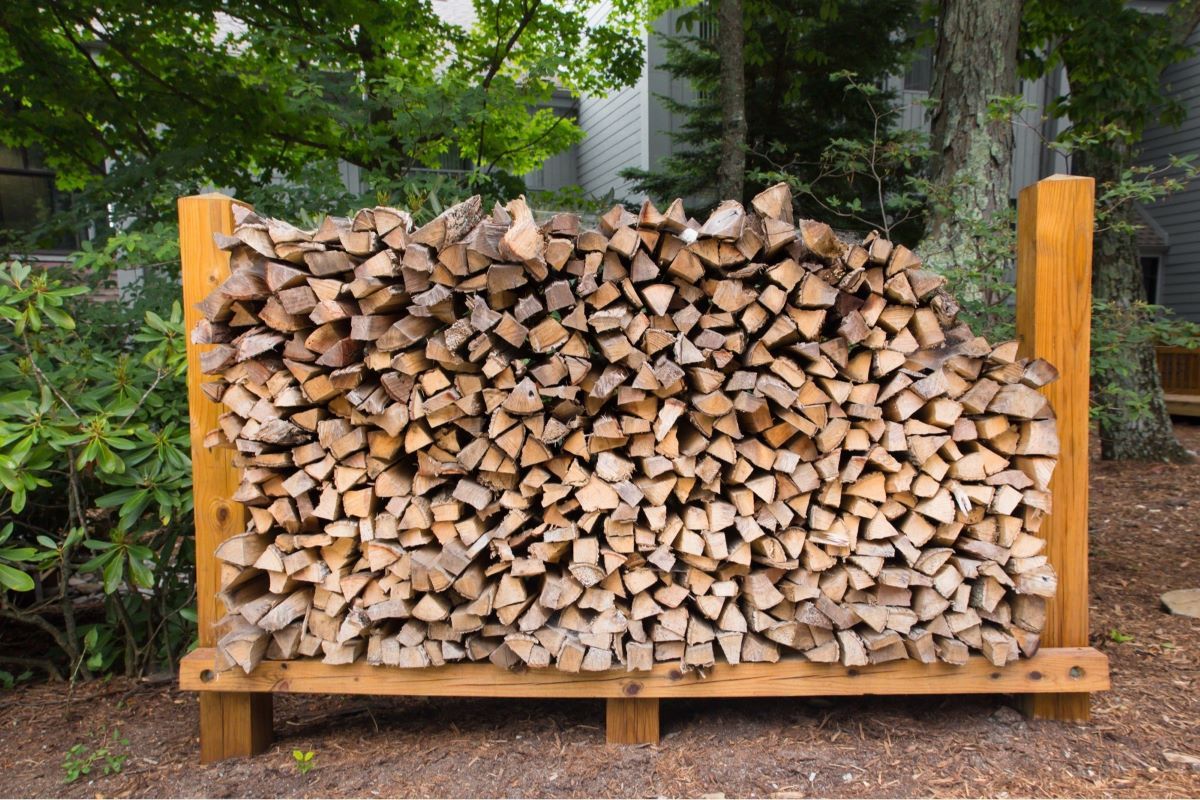
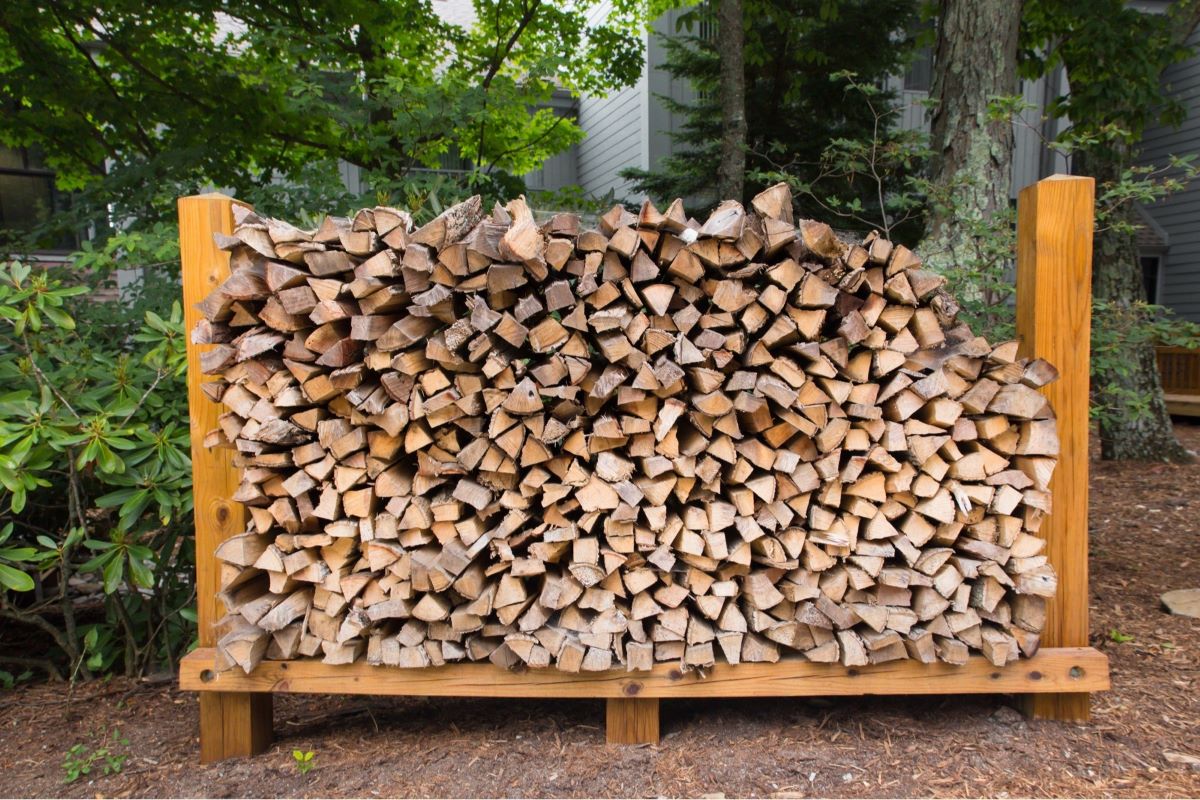






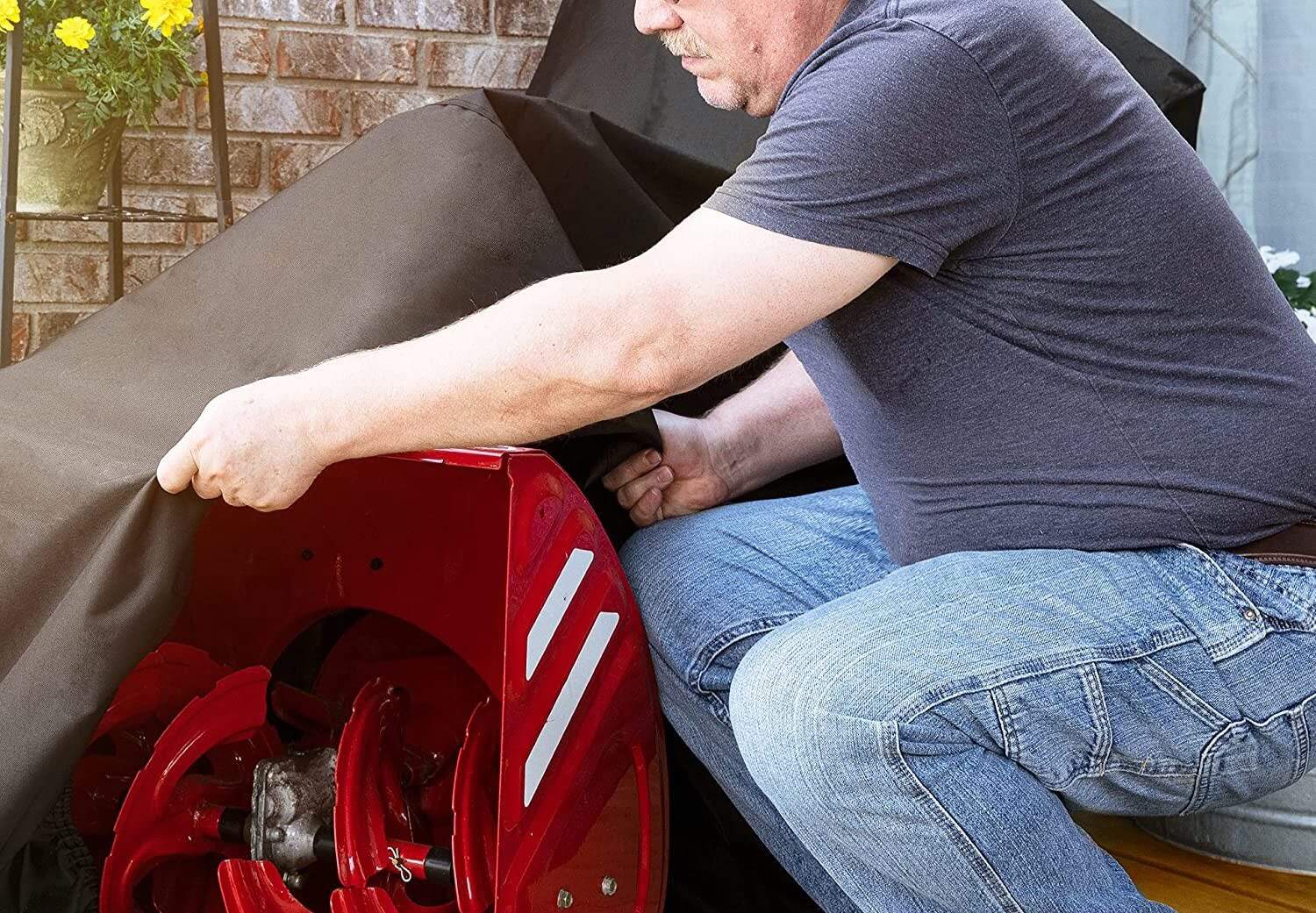

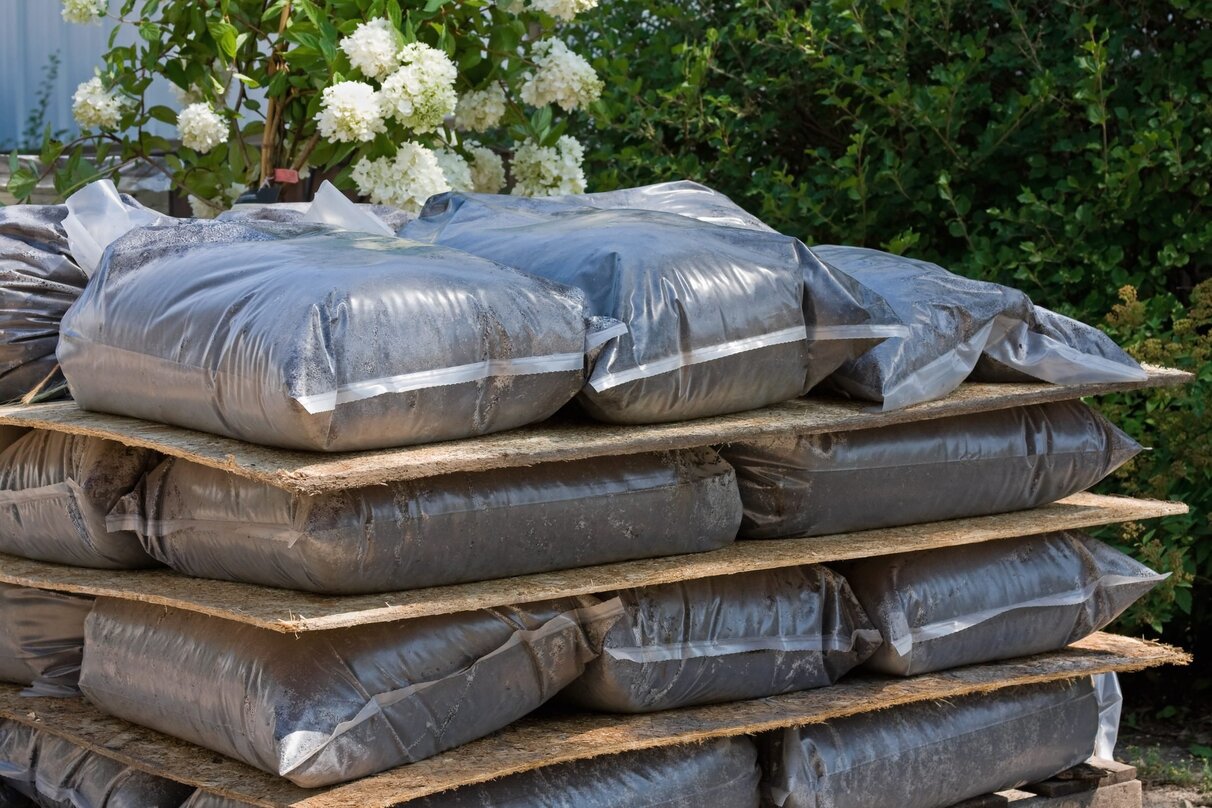
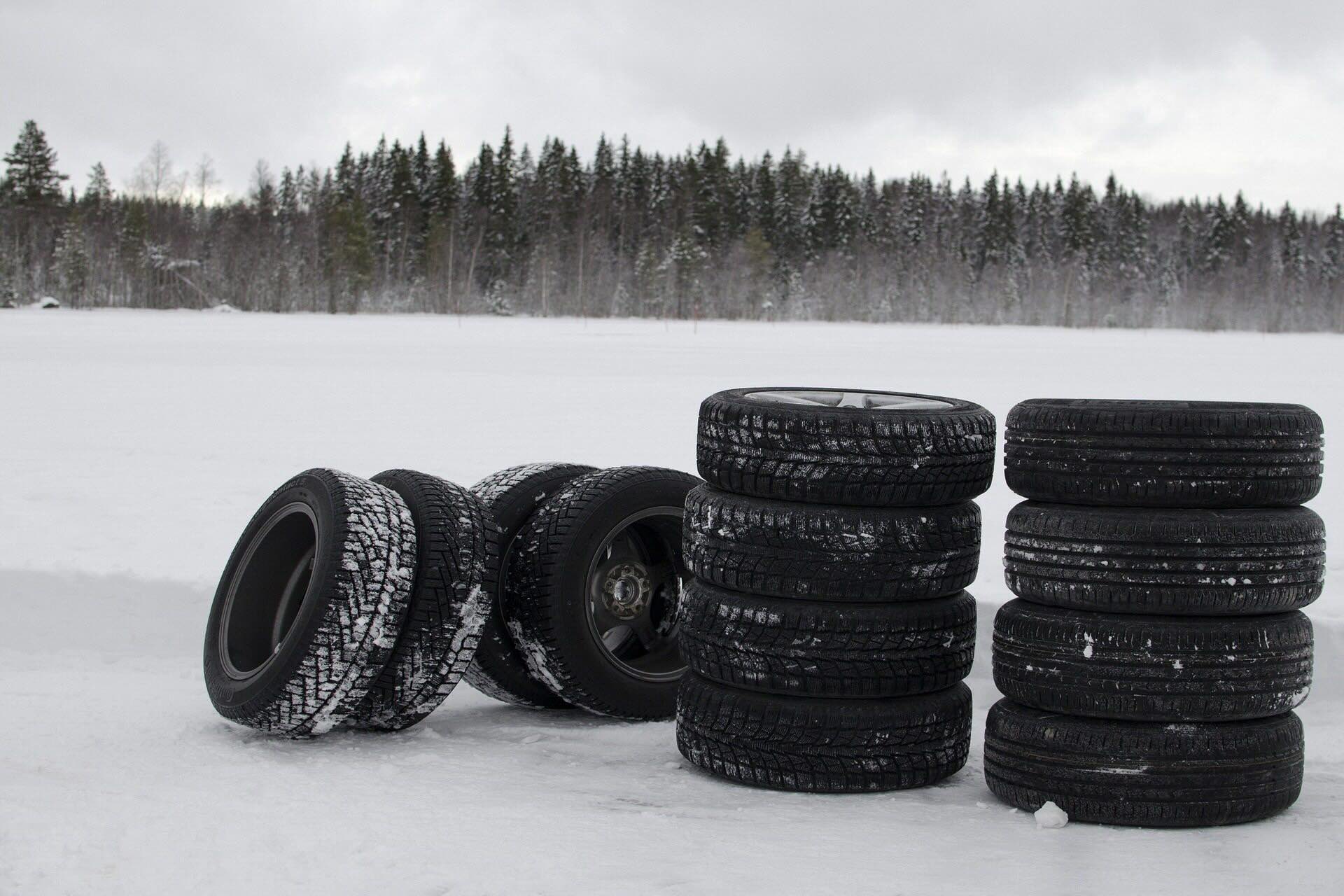
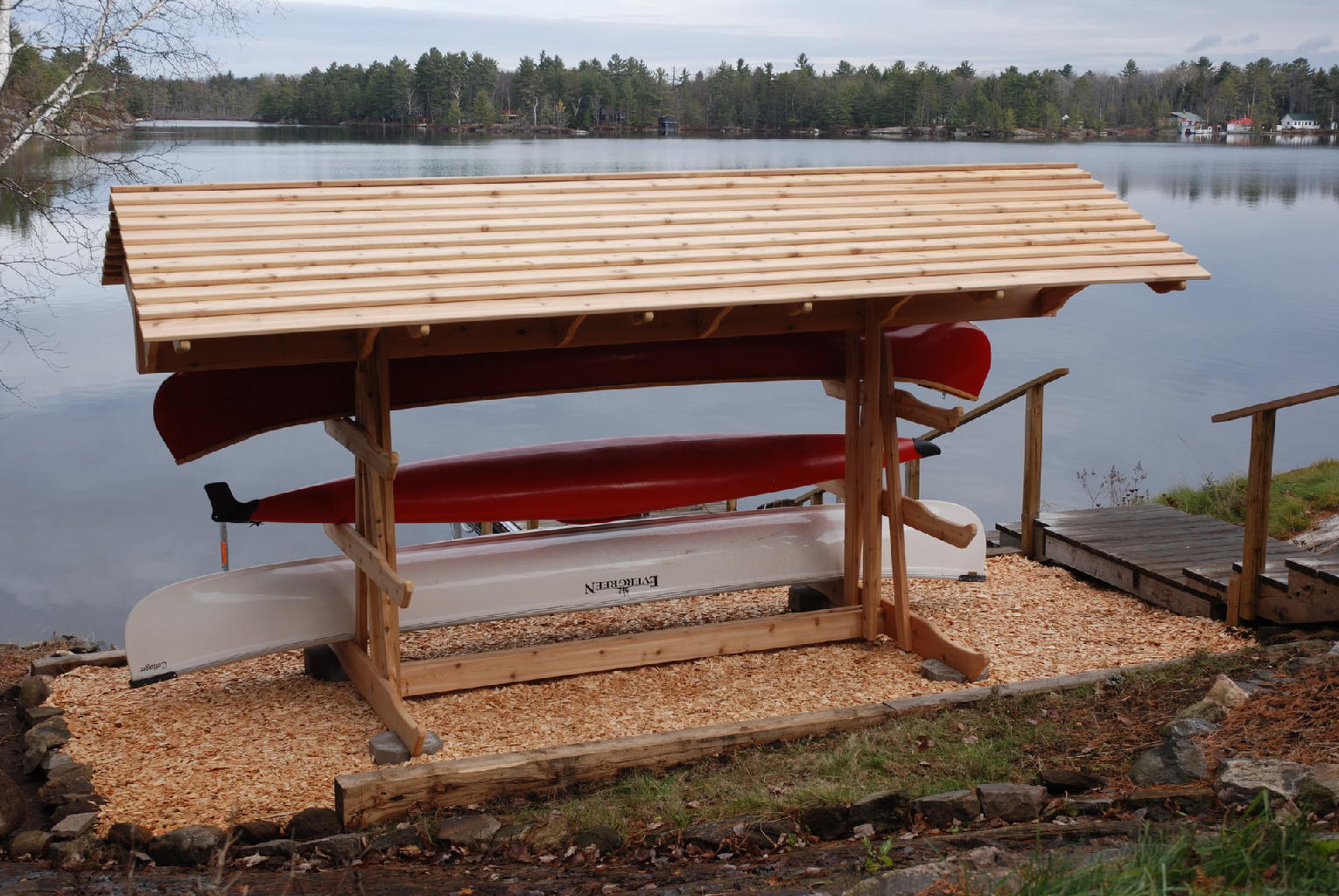
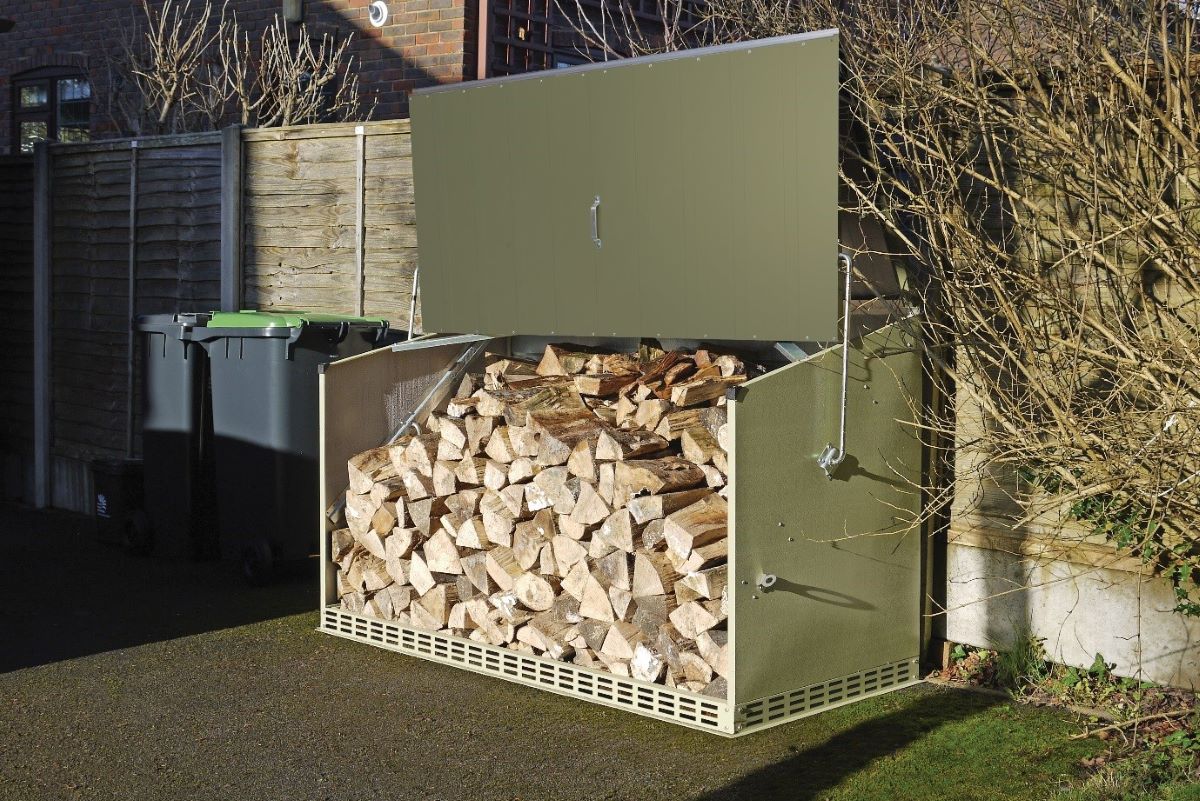

0 thoughts on “How To Store Firewood Outside In Summer”